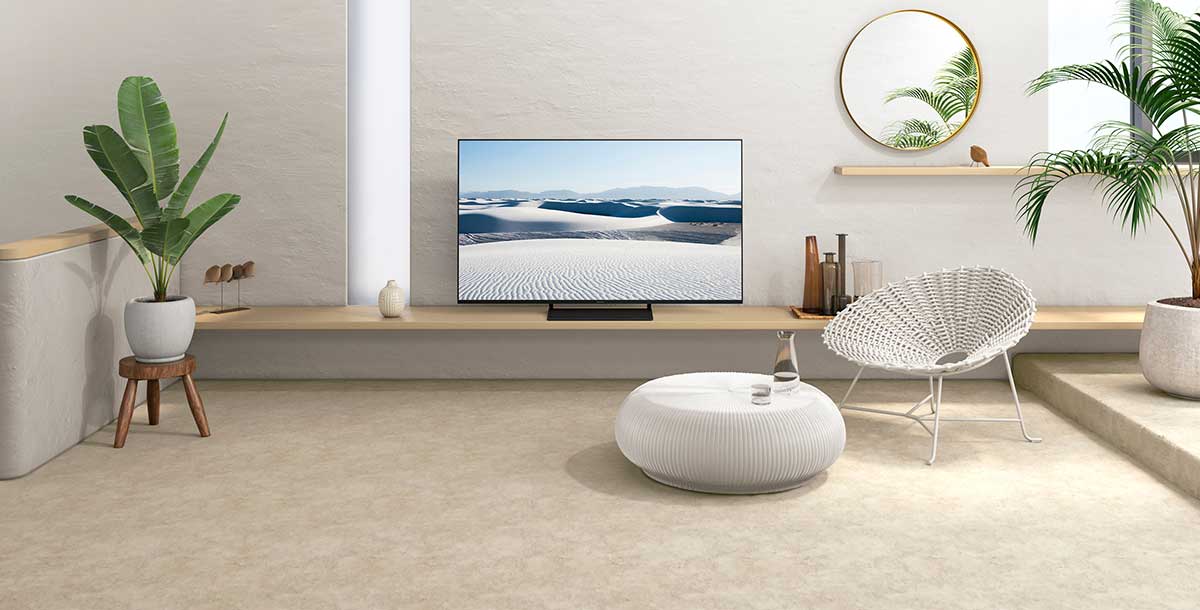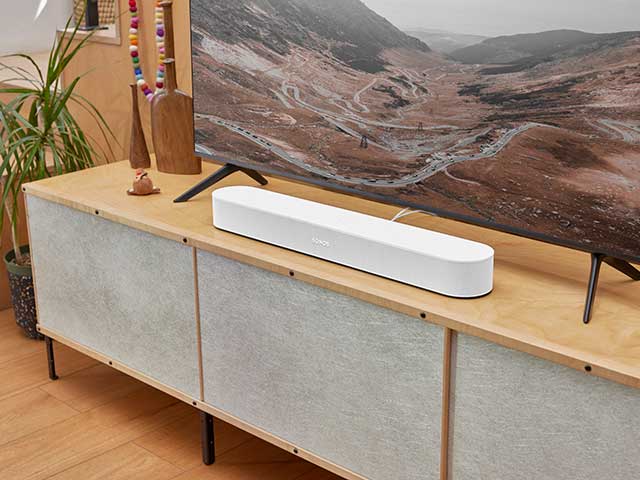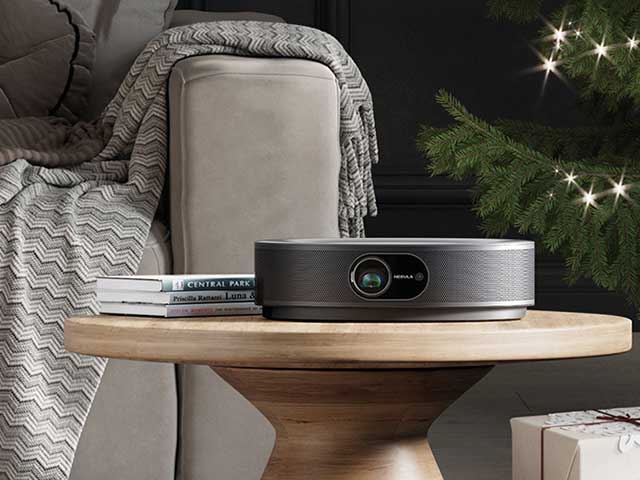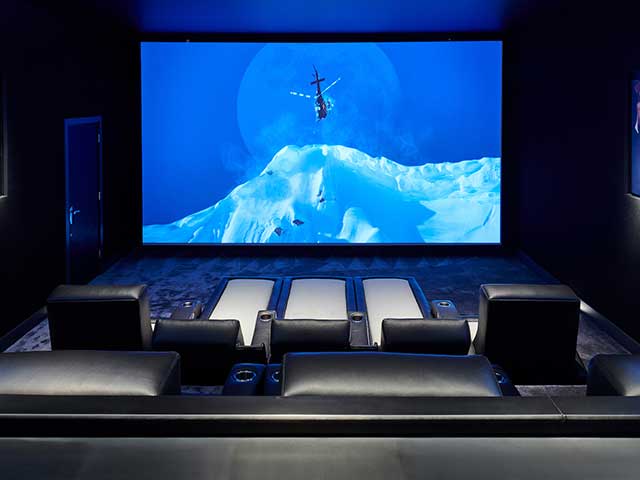Big screen TVs and projectors: an expert guide
Know your HDRs from your OLEDs with this expert guide to the latest big screen TVs
Only a decade ago, many televisions were hulking great cathode-ray tube (CRT) boxes that dominated the room. This would require sturdy furniture to support them and several people to move them. After that came liquid crystal display (LCD) and plasma screen televisions, which took up a fraction of the space. However, it cost more than a car and had generally disappointing picture quality. What a difference a few years can make.
With the advent of smartphones, tablets and streaming services, TV manufacturers have been forced to catch up. Recent years have seen phenomenal advances in set design, screen quality, sound, compatibility and usability. Even the most advanced models are intuitive, so no matter where you find your content – Netflix, Sky, YouTube or terrestrial channels – you’ll be able to access it at the touch of a button, or the sound of your voice.
This article contains some affiliate links, from which we may earn a small commission
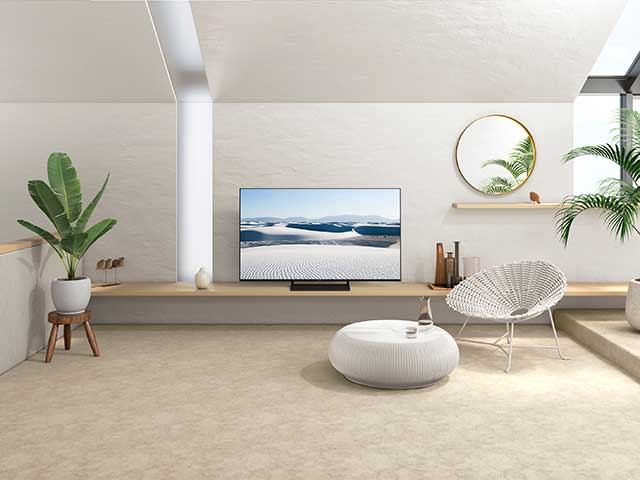
Panasonic’s 50in JX850 Series 4K UHD LED TV has Dolby Atmos sound and universal HDR, so it adjusts the screen to the optimal settings for the source (Netflix or Blu-ray for example)
New resolutions
Since the adoption of the flat panel TV, screen technology has evolved, with resolutions always improving. Huge 4K ultra high-definition (UHD) televisions are commonplace, with some 43in designs costing less than £300. 4K screens boast amazing image quality, with four times the number of pixels of a 1080p full HD TV screen. But with most new sets having it as standard – and 8K not yet mainstream – manufacturers have started to develop new technologies that promise even better image quality.
LED is the most affordable screen, offering a bright, punchy picture, a lightweight build and a wide range of sizes. OLED (organic light emitting diode) is a technology developed by LG with exceptional contrast because each pixel has its own backlight. The result is smooth motion, deep blacks and vibrant colours all housed in a thin frame.
Regarded as the best image quality available, these TVs are expensive. QLED (quantum dot LED TV) from Samsung is an updated version of LED, with a brighter picture. It also works well with still images, allowing you to show them when it’s in standby mode. Meanwhile, the external light is absorbed by the display to reduce glare. Plus, it’s more affordable than OLED.
Samsung recently added Neo QLED to its line-up, which uses tiny LED bulbs in the screen to help improve motion and contrast control. LG has its own mini-LED range called QNED, which is more affordable than its OLED TVs, but still offers excellent image quality.
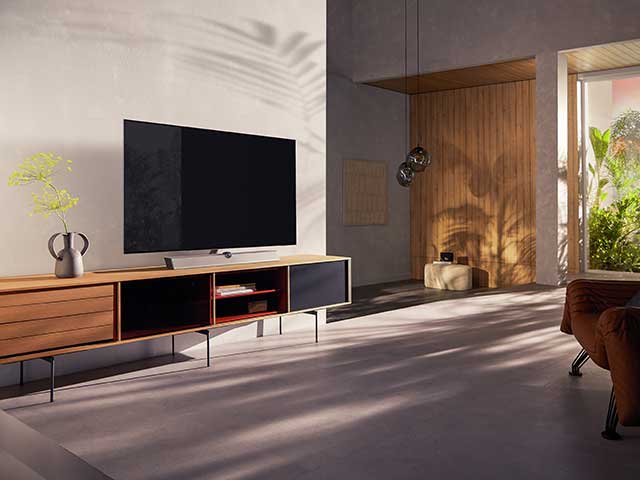
With AI image processing and high-fidelity Dolby Atmos audio, the Philips OLED+936 is a premium 4K OLED TV available in 48in, 55in and 65in models
How big?
Screen sizes have increased enormously. In 1997 the average American TV was just 22in, but by 2020 it was 49in according to a survey by the Consumer Technology Association. These days 85in screens are widely available, while LG recently demonstrated DVLED TVs measuring up to 325in in the USA.
The size you need depends on the dimensions and layout of your room. Ideally, the viewing distance should be roughly 1.5 times the size of your screen if you’re buying a set with 1080p full HD resolution. Sit any closer and the picture will look grainy. 4K and 8K sets look good even up close, so you can go as big as your space allows.
To find the optimal screen size for a particular room, try an online calculator such as inchcalculator.com. But if you’re investing in a quality 4K screen, choose whatever size suits your space and style.
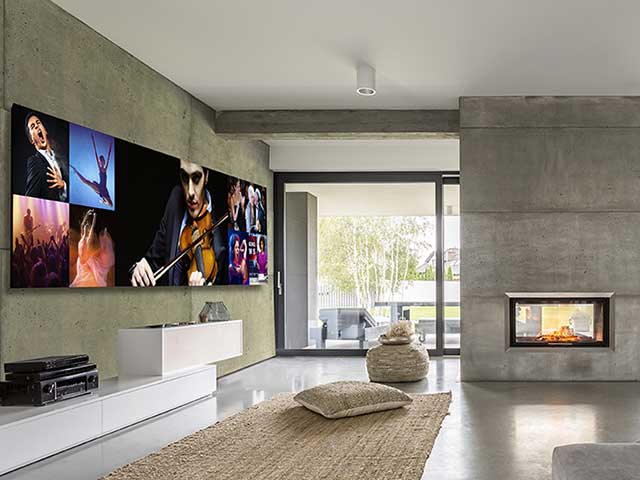
A glimpse into the future from the USA, this enormous LG DVLED TV is custom-installed and available in screen sizes up to 325in, offering pixel-perfect viewing

